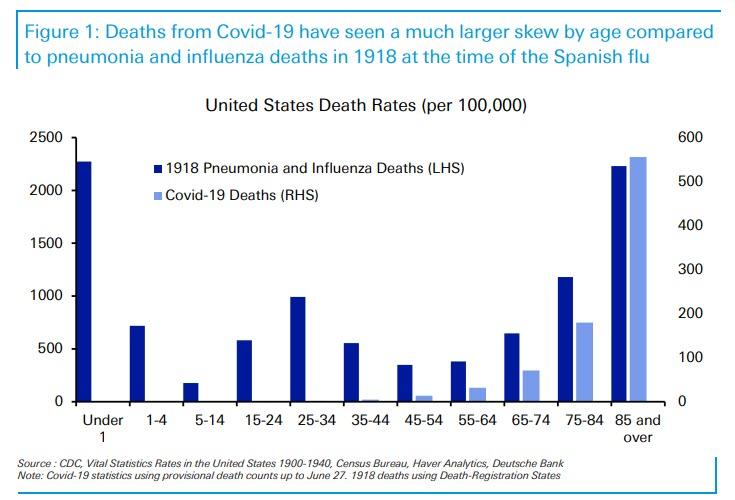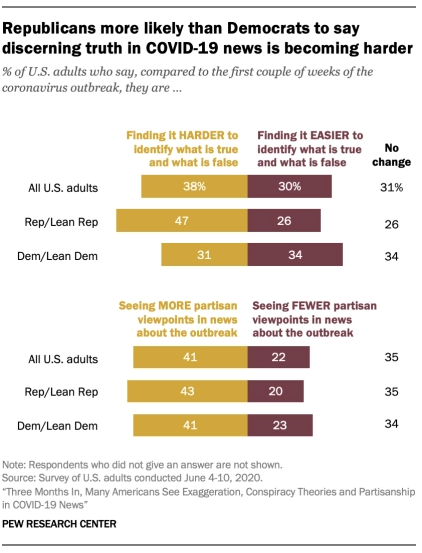In mid-March 2020, under threats to public health associated with the novel coronavirus, COVID-19, government officials acted swiftly, instituting a series of closures that disrupted our lives, especially for college students who were summarily sent back to their childhood homes, halting their coming of age process. As of May 2020, officials believing the worst was over, relaxed the restrictions and it seemed that our lives were soon to return to a degree of normalcy.
In a recent article, Ron Kroichick of the San Francisco Chronicle highlights the perils of reopening specifically for college students and the stress of being sequestered for the spring as a possible cause of the youthful exuberance recently displayed, as possibly one of the reasons for the rise in infections.
In Spring 2020, college students imperfectly cooperated with the consensus of the collective, but not without struggle. As succinctly conveyed by Samantha Laurey, a San Francisco State senior, 23, in Mr. Kroichick’s piece:
Kids just completely miss the social act of going out and doing things. As our parents say, this is our time to enjoy our lives while we’re young. But we’re living through a pandemic with no cure.
In May 2020, the young, along with most other demographic groups, bolted out of their government imposed confines, seeking experiences reflective of summers bygone. For the young, that meant congregating, partying, defying authority on the margins, typical 20-something behavior as they vigorously reengaged the process of maturing into adulthood.
The young further rationalized that given that COVID-19 has, so far, been more detrimental to older populations, while the young are less susceptible to becoming seriously ill, they could reasonably return to more normal social behavior seemingly without consequences.

Mr. Kroichick interviewed Ms. Laurey who confirmed this indifference amongst her peers:
Laurey, 23, acknowledged some of her friends figure they would recover quickly if they contracted the virus, given that older people are more likely to become severely ill.
However, the virus has proven to be more infectious than was suggested by the flattening epidemiological curve, for which government officials had cited as cause for lessening restrictions.
Students attending college-related functions, fraternities, sororities etc, in more enclosed indoor environs became “hot spots” for infection, for what now seems to be a second peak to a first wave or the beginning some would argue to a second wave. The 47 UC Berkeley and 121 University of Washington students recently diagnosed with COVID-19, as well as the record-breaking rates of infection around the country are testament to the risk that congregating large numbers of people in densely packed indoor spaces, like residence halls and classrooms, is risky.
The growth in infection rates amongst the young, while possibly not seriously affected themselves, does suggest that this demographic cohort effectively spread the virus that if unchecked, could infect very vulnerable groups, leading to a surge in healthcare systems which if not remedied can lead to systemwide breakdown, an outcome which government and public health officials were originally seeking to avoid in imposing lockdowns in the first place.
Yet, community participation, which is founded on a commitment to the collective, is absolutely essential as the process of defining how to reconvene students on college campuses without exacerbating the viral outbreak currently encircling the globe while simultaneously trying to restore a more normal college experience. Though given that the struggle to subdue the virus has now become more politicized, consensus is more difficult to achieve, especially where division is more polarized.

Most colleges, if not all colleges will open the fall semester, markedly differently, to varying degrees, than they have in their history.
Therefore, 20-somethings who still want to attend college will more than likely need to submit to a dizzying array of rules, like scheduled times for showering in the residence halls, appropriate social distancing from every one of their friends, and limited numbers during social gatherings. Yet, how likely will college students, many whom are experiencing a degree of freedom they didn’t know possible but yearned for and believe they’ve earned, be willing to compromise and submit to rules they believe may diminish that cherished freedom thus creating the condition for conflict and ultimately a failure of policies designed to curb infection?
In discussions with Creative Marbles, a third year UC Berkeley student believes an awkwardness will develop between those who will wear masks and social distance and those who won’t, creating divisions on the campus. While a second year student at an East Coast college, where students are compelled to report their daily temperature and any symptoms of illness to a college-mandated tracking app, wondered if her peers would lie about their status.
Furthermore, Mr. Kroichick cites experts, like Gregg Gonsalves, an assistant professor of epidemiology at the Yale School of Public Health, who cast doubts on 20-something college students in residence halls following strict distancing and hygiene protocols:
He compared dorms to cruise ships on land and prisons without bars, given the congregate living arrangements.
“People are in close contact and not super hygienic. If anyone has been in a dorm bathroom, it’s not pretty. It won’t surprise me in August and September if we see multiple outbreaks in colleges and universities across the country.”
And, statistically, there’s evidence that re-congregating young adults together have increased the number and size of viral outbreaks.
In the two weeks ending June 27, he [Dr. George Lemp, a retired University of California epidemiologist] saw counts skyrocket 76% among people age 18-34 in California, compared with the prior two weeks.
And, later in the article, Mr. Kroichick states:
This is not only a West Coast phenomenon, either. About half of the 614 people who tested positive in Dane County, Wis., from June 13-26 were age 18-25. According to University of Wisconsin officials, “many reported attending gatherings with friends or going out to bars.”
The young, as well as everyone else, are being asked to sacrifice for the common good, though the young may believe that their costs, experiences that they believe more define this brief period of their lives that will not occur again, are greater. Though, if they don’t accept the restrictions limiting their experiences, instead skirt the rules and act in ways now proven to be conducive to spreading COVID-19, the health crisis may only worsen before inevitably subsiding, and more than likely not without spiritual and emotional wounds which may require a more extensive period of convalescence to heal.
For more information about how to navigate the complex 2020-21 school year for college or K-12 students, check out Creative Marbles Consultancy to understand how our experts can assist families.



